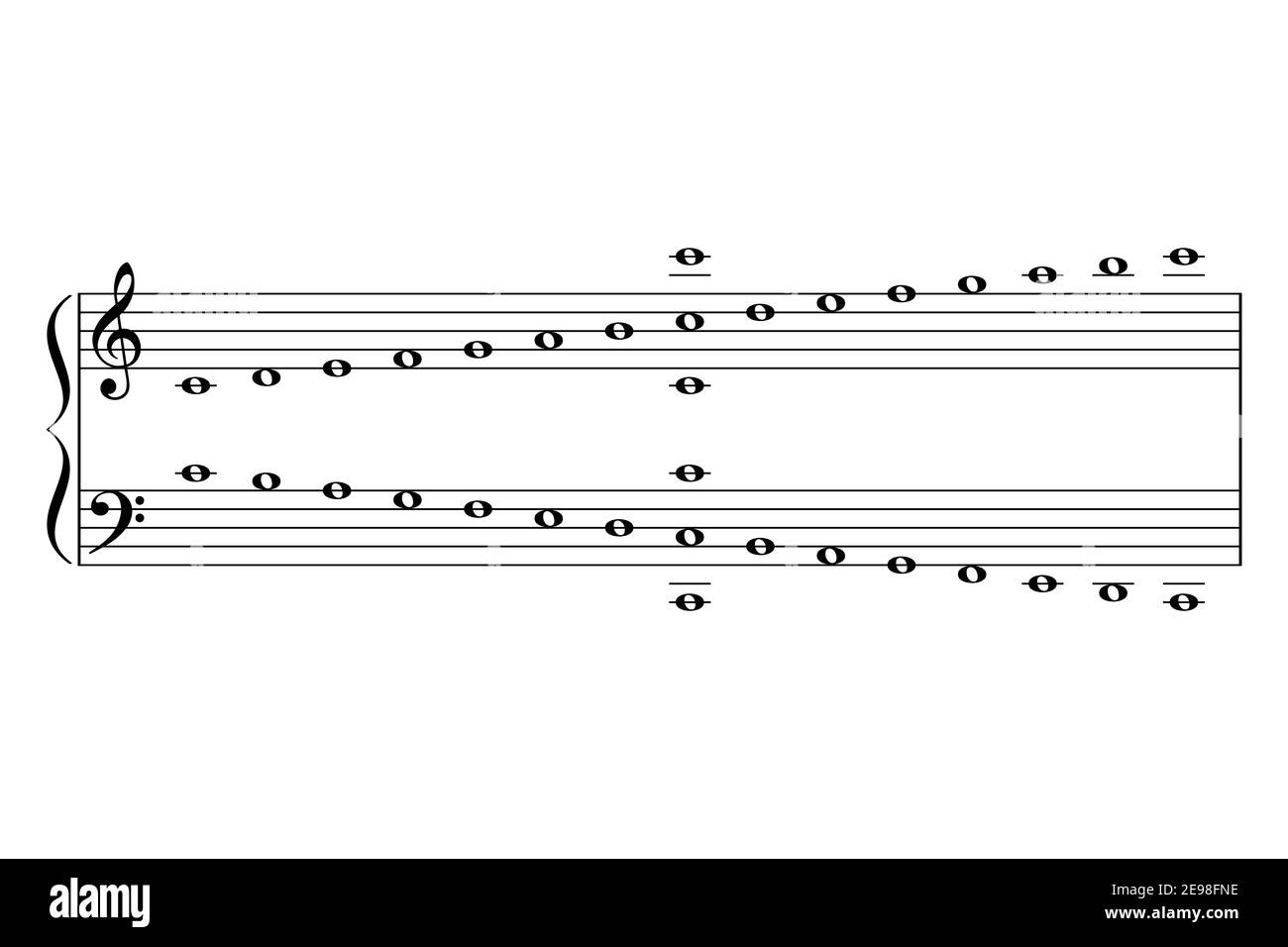

If needed, play through the scale or remind yourself of the sharps or flats by going through them. Be aware that the piece could be either in a major or minor key. Look at the key signature and work out in which key the piece is. If it is a particularly slow piece (Adagio or Largo), you might need to subdivide and count in quavers. It is better to take it slow as this will give you more time to process all the notes and enable you to stay in time. Ideally, you will want to sight-read the piece at the required tempo, but if you feel you need to take it slower, that is fine. The time signature and the tempo marking will determine how to count and at what pace.

Let’s now look at each of these instructions and see why they’re important… You’ll find most of these instructions in the first bar like in the following example:

Tip #1 Look at the music before you startĪlways look carefully at the music before attempting to sight-read it. In this blog, I’ll go through each of these tricks and show you how YOU too can apply these tricks to your practice and boost your sight-reading! But what differentiates the really good sight-readers from the average sight-readers is the tricks they have up their sleeves that make the task much more manageable. Naturally, pianists who practice or do a lot of sight-reading will find it easier than those who don’t. How is it that some pianists seem to find sight-reading easier than others? Does it all come down to practice? Are you practising sight-reading but not getting any better? Or perhaps you are new to sight-reading and not sure where to start? Then read this post where I give you 5 tips to improve your sight-reading as well as a FREE cheat sheet to help you during your practice.


 0 kommentar(er)
0 kommentar(er)
